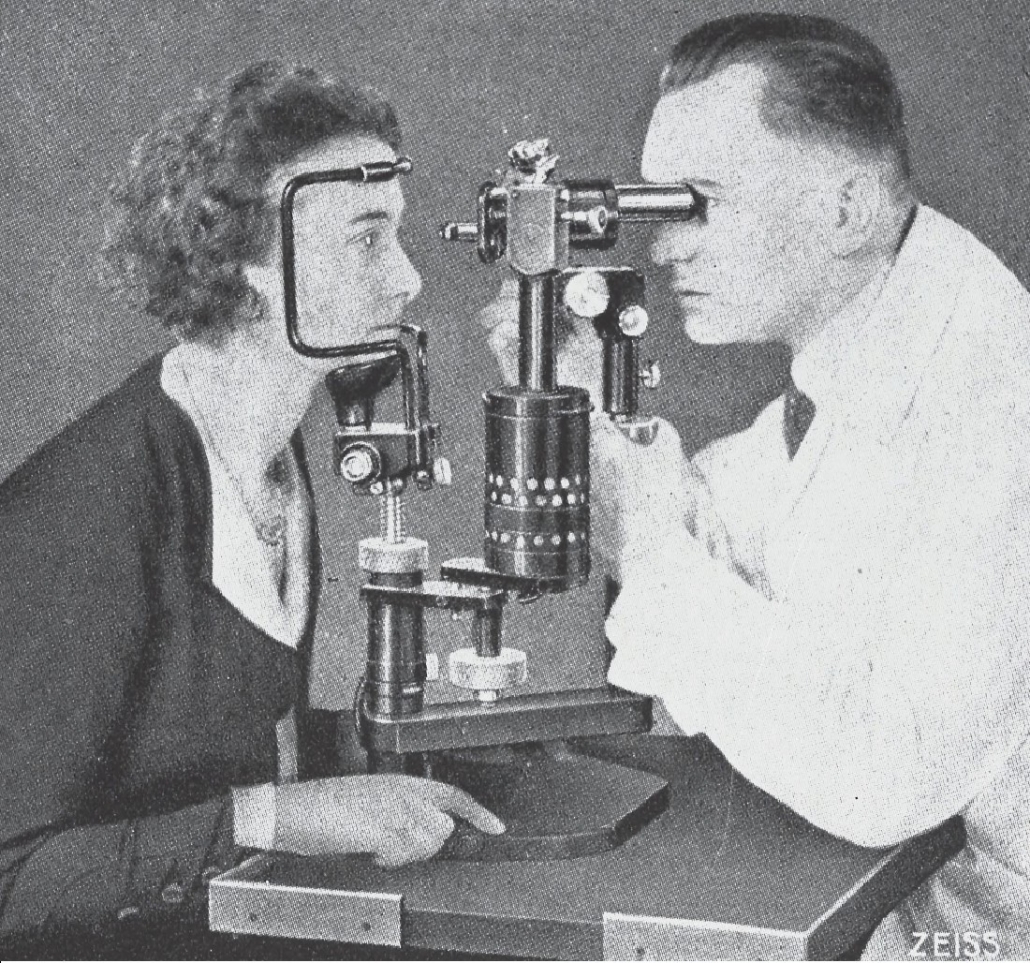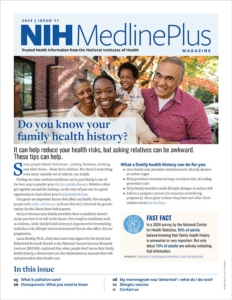History
The National Library of Medicine debuted in 1836 as the library of the Army Surgeon General’s Office. The Armed Forces Institute of Pathology and its Medical Museum started in 1862 as the Army Medical Museum.
Throughout their history the Army Medical Library and the Army Medical Museum often shared quarters. From 1866 to 1887, they resided in Ford’s Theatre after the assassination of President Abraham Lincoln.
In 1956, the Library collection transferred from the control of the Department of Defense to the Public Health Service of the Department of Health, Education and Welfare and renamed the National Library of Medicine.
The Library moved to its current quarters in Bethesda, Maryland, on the campus of the National Institutes of Health in 1962.
With roots in the 19th century, the National Institutes of Health (NIH) leads the world in medical research. Comprised of 27 separate Institutes and Centers, NIH is the primary federal agency for conducting and supporting medical research, providing leadership and financial support to top scientists in every state in the nation and throughout the world.
Days since NLM founding
National Library of Medicine Databases
The National Library of Medicine provides information from 86 databases—just search www.nlm.nih.gov/databases/!
Many of the most frequently used databases are described below.
- MedlinePlus – Over 700 diseases and health conditions described including preventative measures, diagnostic tests and therapeutic regimens.
- National Institution on Aging –Up-to-date and reliable information on aging research and health and wellness for older adults.
- PubMed – 16 million articles indexed from 4,900 biomedical journals from throughout the world with both abstracts and full text.
- Entrez – Simultaneous search for multiple life sciences databases at the National Center for Biotechnology Information (NCBI).
- GenBank – NIH genetic sequence database, an annotated collection of all publicly available DNA sequences. GenBank records are annotated using a standard set of biological terms and show these annotations in a Feature Table.
- Protein Database – Contains sequence data from the translated coding regions from DNA sequences in GenBank, European Molecular Biology Laboratory (EMBL), and DNA Data Bank of Japan (DDBJ) as well as protein sequences submitted to Protein Information Resource (PIR), SWISS-PROT, Protein Research Foundation (PRF), and Protein Data Bank (PDB).
- PubChem – Organized as three linked databases of small molecular with potential biological activity in a molecular library.
- Genetics Home Reference – over 600 genetic diseases are described with diagnostic and therapeutic measures.
- ClinicalTrials.gov – 29,000 clinical trials are described with 9,000 now active.
- Toxnet – Databases on hazardous chemicals, toxic releases and environmental health from the National Library of Medicine, National Institutes of Health, other US government agencies and the World Health Organization.
- Visible Human – Creation of complete, anatomically detailed, three-dimensional representations of the normal male and female human bodies. The long-term goal of the Visible Human Project is to produce a system of knowledge structures that will transparently link visual knowledge forms to symbolic knowledge formats such as the names of body parts.
- Profiles in Science – 18 prominent scientists in research and public health profiled.
- UMLS (Unified Medical Language System) – Database of biomedical vocabularies related semantic and lexical resources for system developers.
- Locator Plus – NLM’s catalog of books, journal title, and audiovisual materials.
- NLM Extramural Grants – Provides grants, contracts and fellowships to organizations and individuals interested in applying computers and telecommunication for improving storage, retrieval, access, and use of biomedical information.
The NLM has seven major divisions
Library Operations
Acquires, organizes, and preserves NLM’s comprehensive archival collection of biomedical literature; produces authoritative indexing and cataloging records; builds and distributes bibliographic, directory, and full-text databases; reference service, and research assistance. Coordinates the National Network of Libraries of Medicine.
LHNCBC
Lister Hill National Center for Biomedical Communications
Conducts and supports research and development in the dissemination of high quality imagery, medical language processing, multimedia visualization, knowledge management, data mining, and machine-assisted indexing.
NCBI
National Center for Biotechnology Information
Collects, organizes, stores, and disseminates molecular biology, genetic information and analysis tools; and coordinates these efforts with researchers and scientists worldwide.
SIS
Specialized Information Services
Develops and maintains databases on adverse drug reactions, chemical structures, and has a large outreach program with minorities, including seminars, exhibits and cooperative ventures.
OHIPD
Office of Health Information Programs Development
Responsible for three major functions: planning, developing and evaluating a nationwide NLM outreach and consumer health; programs to improve access to NLM information services among minority, rural, and under-served populations; conducting NLM’s international programs which focus on battling Malaria and HIV/Aids in Africa.
OCCS
Office of Computer and Communications Systems
The computer networking backbone of the National Library of Medicine. The center provides professional programming services and computational and data processing to meet NLM program needs and support.
The Extramural Grants Program
Provides grants, contracts and fellowships to organizations and individuals interested in applying computers and telecommunication for improving storage, retrieval, access, and use of biomedical information.
A Brief Timeline of NLM
Overview
The National Library of Medicine started in 1836 as a small collection of medical books and journals in the office of the United States Army Surgeon General. Before the collection moved in 1962 to National Institutes of Health Bethesda, MD campus, it was housed at these locations:
- (1862-1866) Riggs Bank Building at 15th Street and Pennsylvania Avenue
- (1866-1887) Ford’s Theatre at 513 10th Street NW
- (1887-1962) Army Medical Museum and Library Building at 7th Street and Independence Avenue SW


